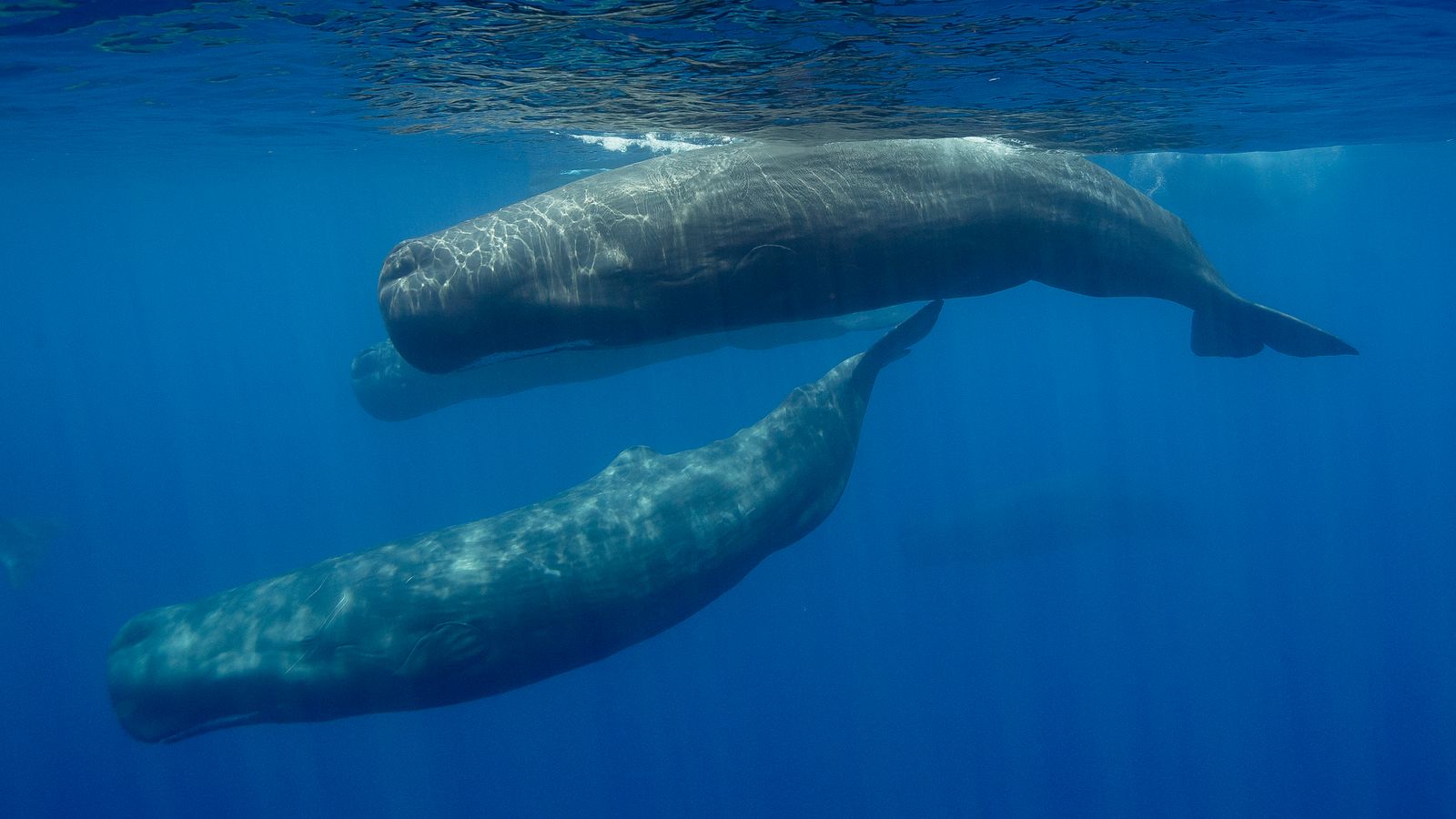Researchers have unearthed compelling evidence suggesting that sperm whales possess a sophisticated ‘phonetic alphabet’ analogous to human language structures.
Led by Pratyusha Sharma and a team of scientists, the study delved into the vocalisations of sperm whales, particularly focusing on their clicks, to unveil this previously hidden linguistic facet. Through meticulous analysis, the researchers discovered that sperm whales possess the ability to manipulate and combine various clicks and rhythms, akin to humans crafting words and sentences. These sequences of clicks, termed codas, serve as the foundation of their communication system.
The ‘phonetic alphabet’ of sperm whales encompasses an array of distinguishable codas, which can be flexibly combined in diverse configurations, mirroring the versatility of human language. This revelation underscores the complexity and richness of sperm whale communication, suggesting a level of sophistication far beyond previous understandings.
Drawing parallels between human language and marine communication, the study underscores the interconnectedness of linguistic systems across species. This paradigm-shifting discovery not only illuminates the intricacies of sperm whale communication but also offers insights into the broader landscape of animal cognition and social dynamics.
Beyond its theoretical implications, the identification of the sperm whale ‘phonetic alphabet’ holds significant ramifications for conservation efforts and scientific enquiry. By comprehending the nuances of sperm whale communication, researchers can more effectively gauge their cognitive capacities and social needs, thus informing targeted conservation strategies.
The revelation of the sperm whale ‘phonetic alphabet’ stands as a testament to the remarkable capabilities of these marine giants and the tireless pursuit of knowledge by the scientific community. As investigations progress, further revelations are anticipated, promising a deeper understanding of sperm whale communication and its implications for the diversity of life on Earth.













